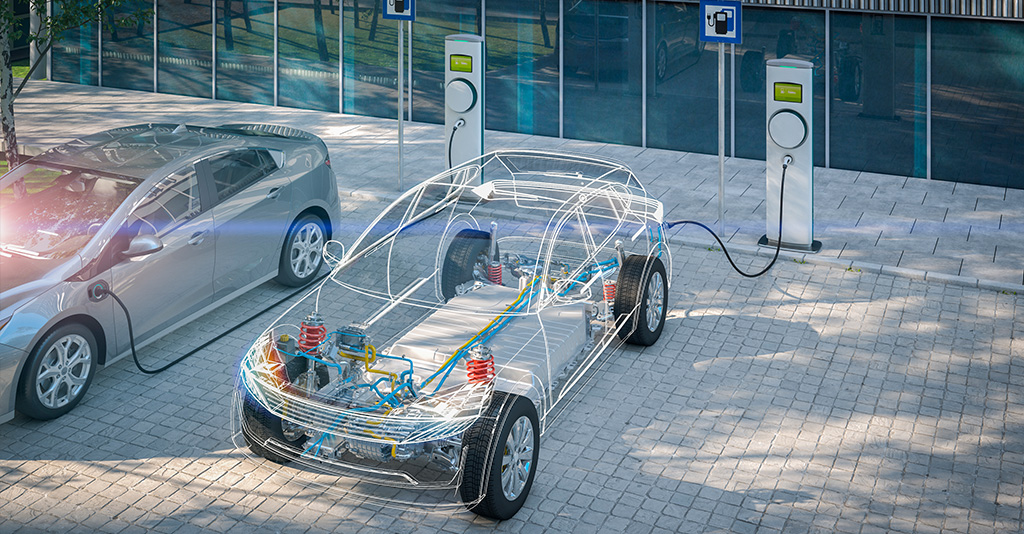Simultaneous Engineering: From Prototype to Full-Scale Production
If you’re in the automotive market, new advances in electrification constantly unfold – each presenting their own respective opportunities and challenges. One of the primary challenges arising in electrification is scaling up from prototype part designs or low-volume production stage into a high-volume manufacturing environment. At Pace Industries we have the expertise and experience to help customers to optimize and simplify multiple part designs to ensure a seamless transition to mass production by way of early supplier involvement and simultaneous engineering.

Recently the Pace product engineering team had the opportunity to partner with a customer’s engineers to convert an EV battery enclosure prototype originally designed to be made from aluminum extrusions into a lightweight and more integrated design optimized for high pressure die casting full-scale production. The customer came to Pace as a trusted engineering partner as they faced a roadblock in their design phase, which initially had been created for a prototype build. However, in its current state it would not be feasible for high pressure die casting (HPDC) mass production.
Through the discipline of simultaneous engineering, the product engineers at Pace applied their knowledge and expertise of HPDC to complete a comprehensive Design For Manufacturability (DFM) assessment of the prototype design to integrate multiple functions for an optimized component design.
The prototype design was optimized through assessing DFM criteria including:
- Reviewing and advising on ejector pin locations
- Adding draft according to die pull
- Adding radii and fillets
- Reviewing wall thickness
- Reviewing undercut to ensure there is no hung part during the casting process
The optimized part design recommended by Pace provided a solution for the customer in the transition from a functional prototype to production-ready components for HPDC. Early supplier involvement was an important factor in the process, allowing for strong collaboration and a guided approach on the design change process between subject matter experts on both sides. This early collaboration also identifies potential challenges prior to launch, which mitigates costly corrections once in full-scale production.
Through both early supplier involvement and simultaneous engineering, Pace can assist customers in the design phase providing customers with confidence that their final product will meet durability, quality, and design expectations.
Look to Pace to add more value and more functionality to your total system.
To read more about the Pace Industries approach to simultaneous engineering, read the article “What is Simultaneous Engineering” at: What is Simultaneous Engineering? | Pace Industries
To connect with the Pace Industries Product Engineering Team, visit “Technical Expertise” at Contact | Pace Industries
